Ryukyu Bingata, Okinawa’s flamboyant dyeing tradition
See how a new generation is reviving this ancient Okinawan art
As a centuries-old dyeing technique, Ryukyu bingata is an intangible cultural asset of Okinawa, representing the archipelago’s diplomatic history as well as its subtropical climate with vivid colors on natural fabrics.
Today, the passionate revival of Okinawa’s traditional stenciled dyeing technique expresses a new generation’s dedication to fine craftsmanship, from kimono and ryuso traditional dress of the Ryukyuan people to contemporary garments, accessories, and designs.
History of traditional bingata
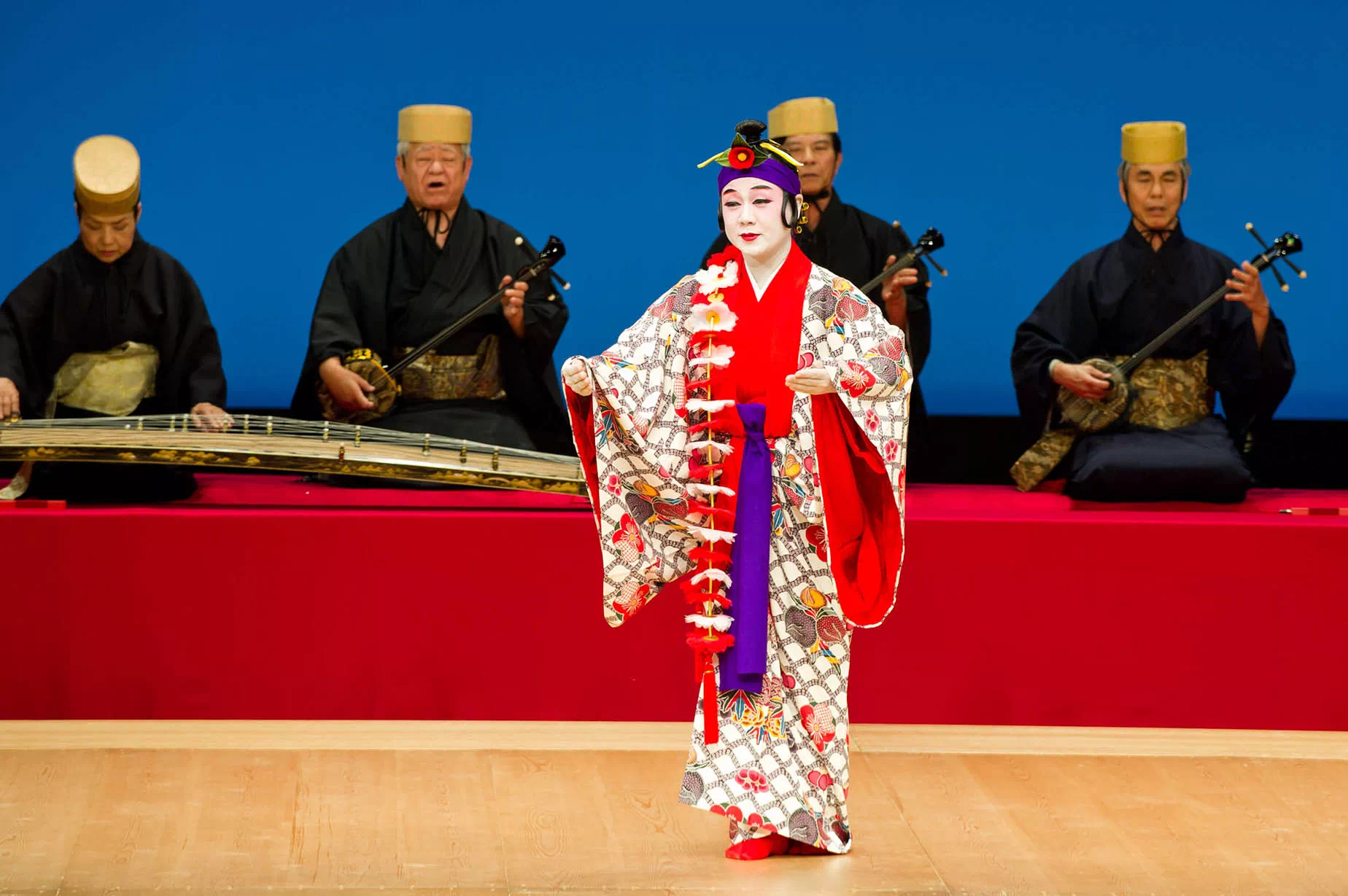
The art of bingata is unique to Okinawa, based on ancient Ryukyu dyeing culture with techniques borrowed from neighboring countries. Bingata-dyed fabrics typically feature vivid floral patterns, as well as fish, water, and other motifs of Okinawan nature.
Traditionally, bingata used natural dyes such as Ryukyu indigo and fukugi tree dye, as well as expensive pigments imported from China. For this reason, bingata-dyed garments were reserved for royalty and the samurai class to express social status. Nobles wore larger patterns, while the samurai wore smaller patterns. Yellow was the highest-ranking color, and other colors were classified according to rank, age, and gender.
During the Ryukyu Kingdom period, Chinen, Shiroma, and Takushi were known as the three bingata families who served the samurai and competed with each other in craftsmanship. Bingata was almost completely destroyed during World War II, but craftsmen such as Eiki Shiroma and Sekko Chinen succeeded in reviving the art.
Bingata in contemporary society
Today, bingata uses natural and chemical pigments and dyes to permanently color patterns on natural materials such as silk, cotton, or hemp. The glue is made with glutinous rice flour, rice bran and salt, soybean juice helps the dyes to adhere, and dried tofu is used as the underlay for mold engraving.
Bingata prints on festive ryuso for performing arts and casual items combine classic patterns with modern style that still represents the deep history and popularity of bingata designs in contemporary Okinawan society.
Since 2019, the Ryukyu Bingata Preservation and Expansion Consortium has dedicated itself to preserving, promoting, protecting, and licensing this traditional art form through collaborations between industry, government, and academia. Art competitions and exhibitions foster creative expressions by individual artists and spread wider appreciation for bingata techniques. Current promotional efforts include collaborations with fashion designers and dyeing sustainable fabrics made from bashofu banana fibers or sugar cane bagasse.
Dyeing at Chinen Bingata Laboratory
Sadao Chinen founded the Chinen Bingata Laboratory in Naha City to introduce new bingata methods and artworks while preserving traditional techniques.
Inside, long fabrics undergoing the dyeing process are stretched across the room while more fabrics dry overhead. Toma Chinen, 10th generation of the Shimogiho Chinen family, applies special glue over a stencil pattern he has designed and cut. Women seated at the fabrics use two brushes: one pointed and one shorter and stiffer to rub in the colors. Pigments are traditionally made by mixing natural mineral pigments with soybean juice, but Chinen dyes vary in ingredients according to a desired depth of hue, background or foreground, and more. Steam is used to set the colors, and then the dyeing process is repeated several times. Finally, the glue is washed off the fabric, leaving the vividly colored pattern.
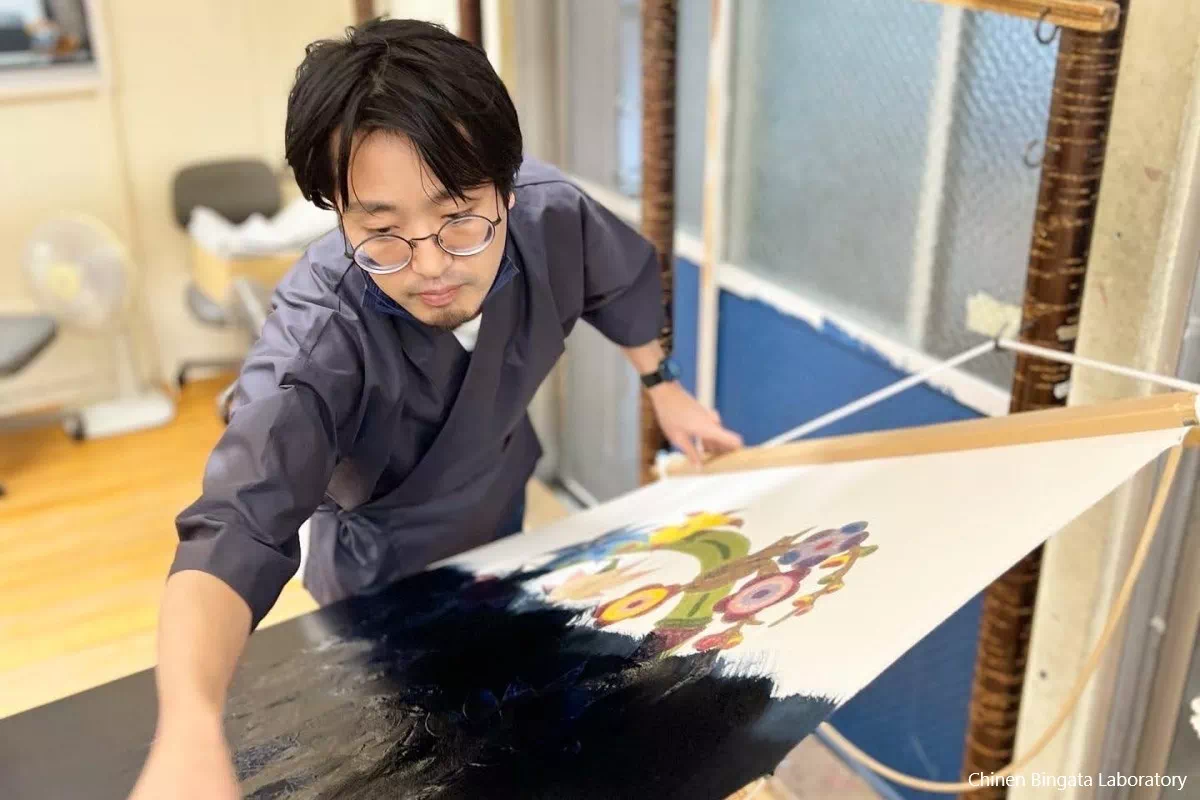
Toma says that the other day, a young woman following Chinen Bingata Laboratory on Instagram had made the special effort to fly all the way to Okinawa in order to visit their studio in Naha City and select a design to commission a customized obi. He is convinced that bingata can appeal directly to younger generations through contemporary designs and custom items while attracting international admirers of Okinawa’s original fine art of stencil dyeing.
Bingata patterns and prints can be applied to a wide range of customized items as a very personal way to express Okinawan culture through casual wear on special occasions. Ryukyu bingata is both an ancient tradition and a revival craft, which bridges Okinawa’s historical past and its dynamic present.
Learn More
- Chinen Bingata Laboratory *only in Japanese
- Ryukyu BINGATA

















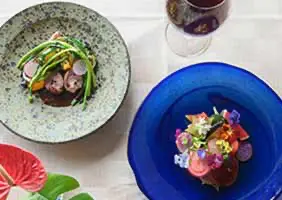
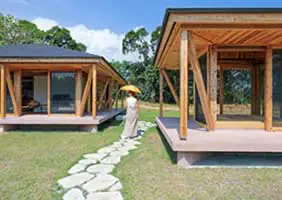










 Facebook
Facebook Twitter
Twitter Copy URL
Copy URL


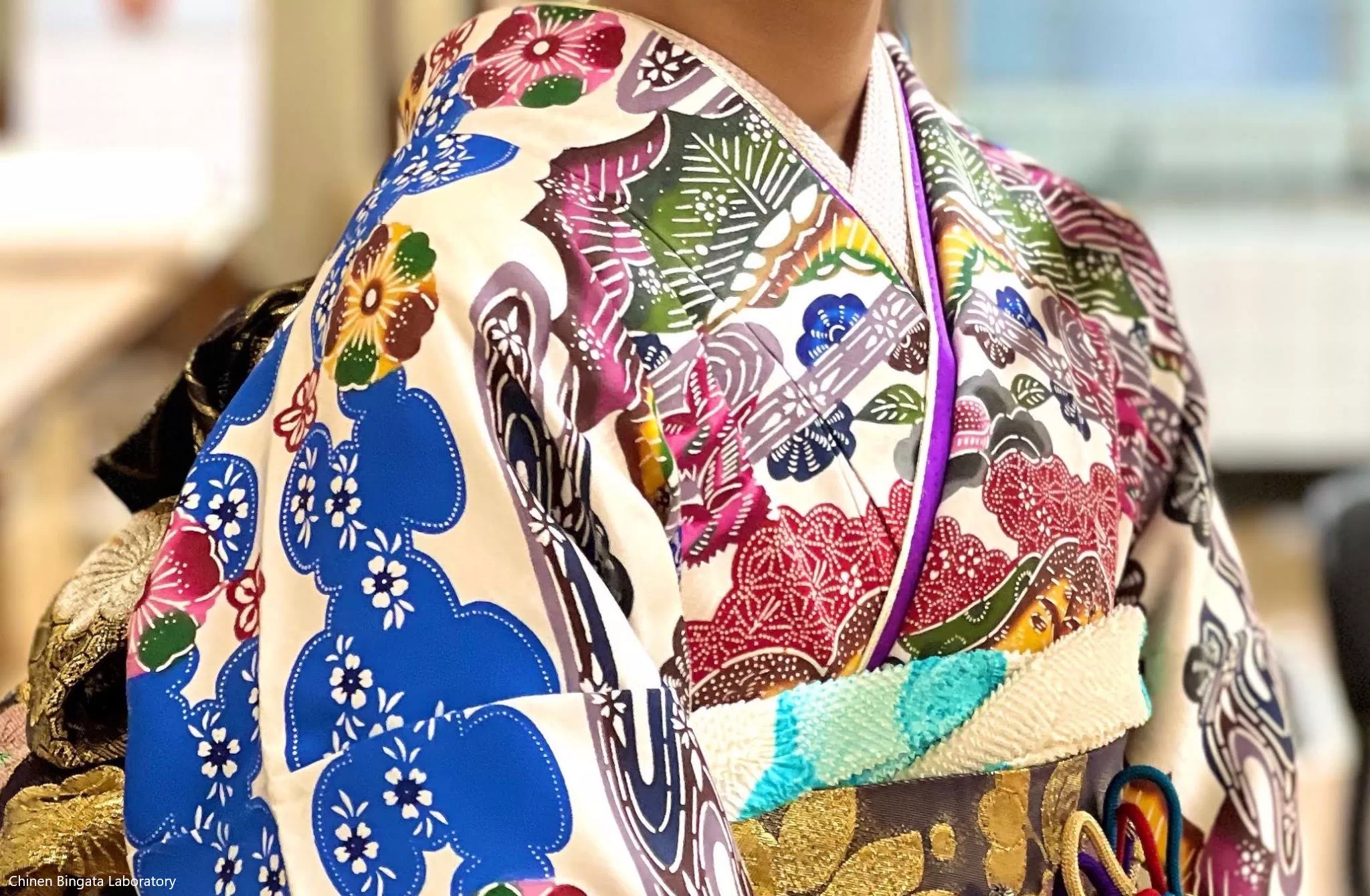
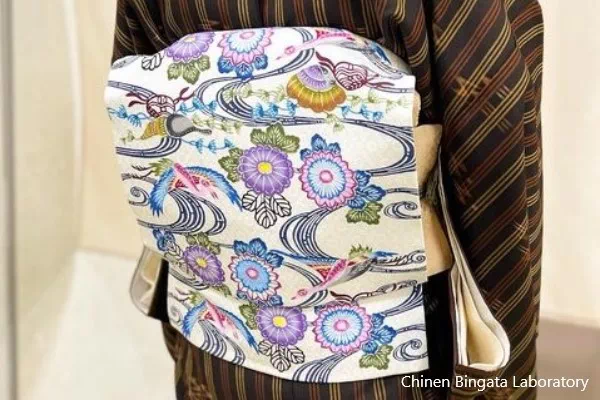
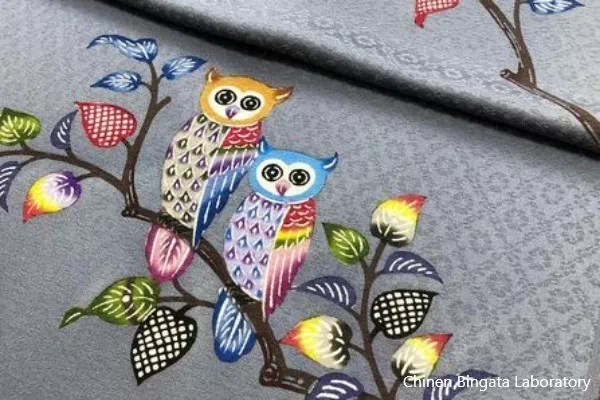
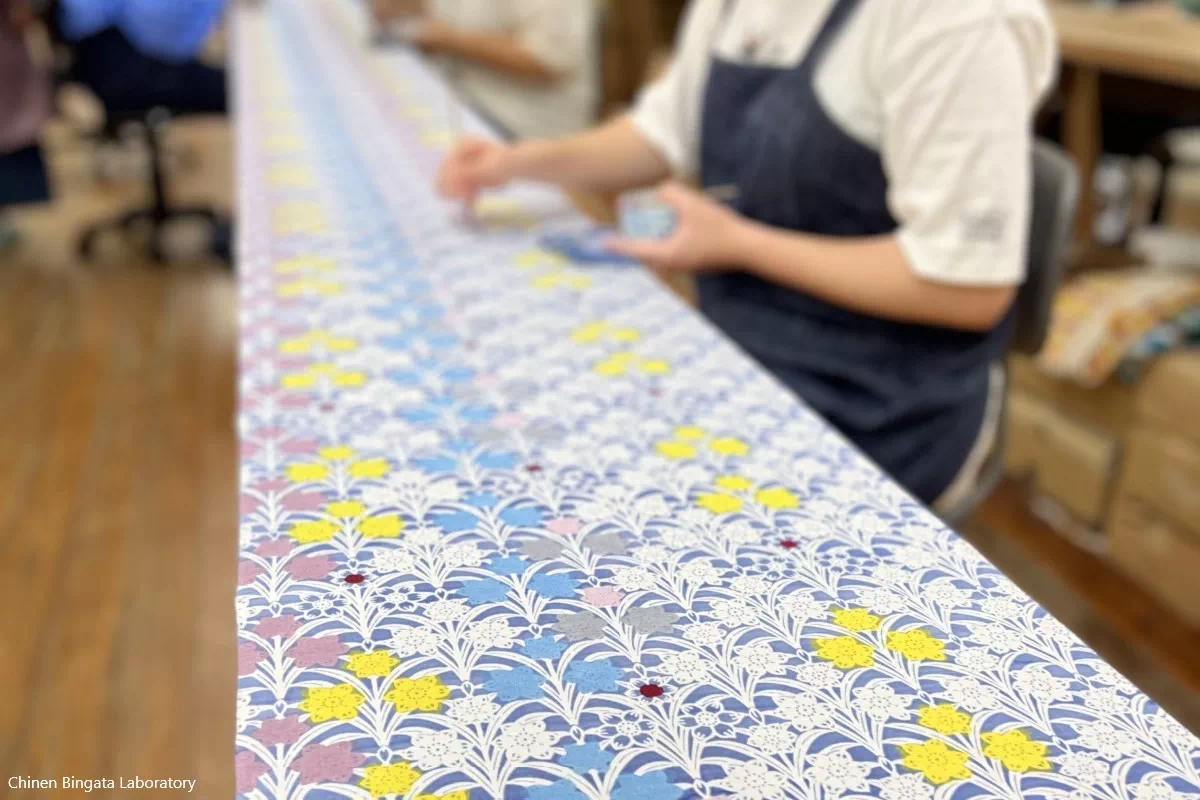
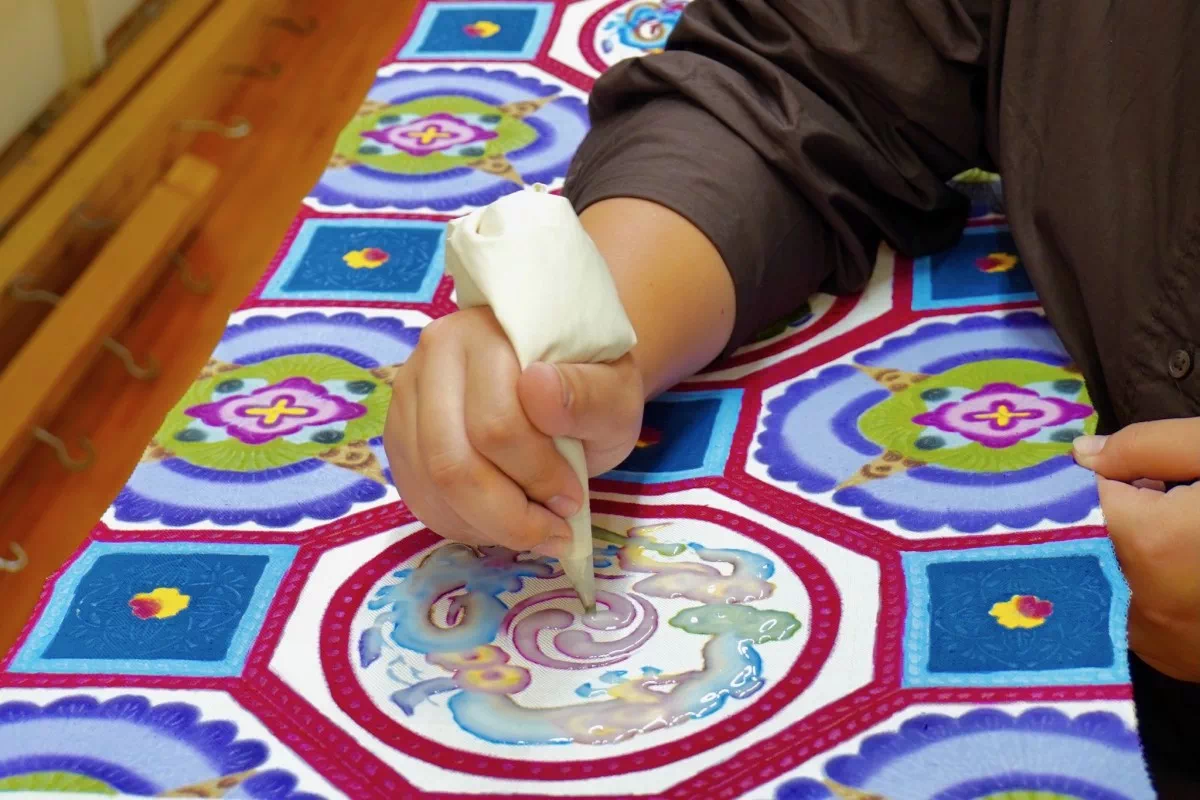
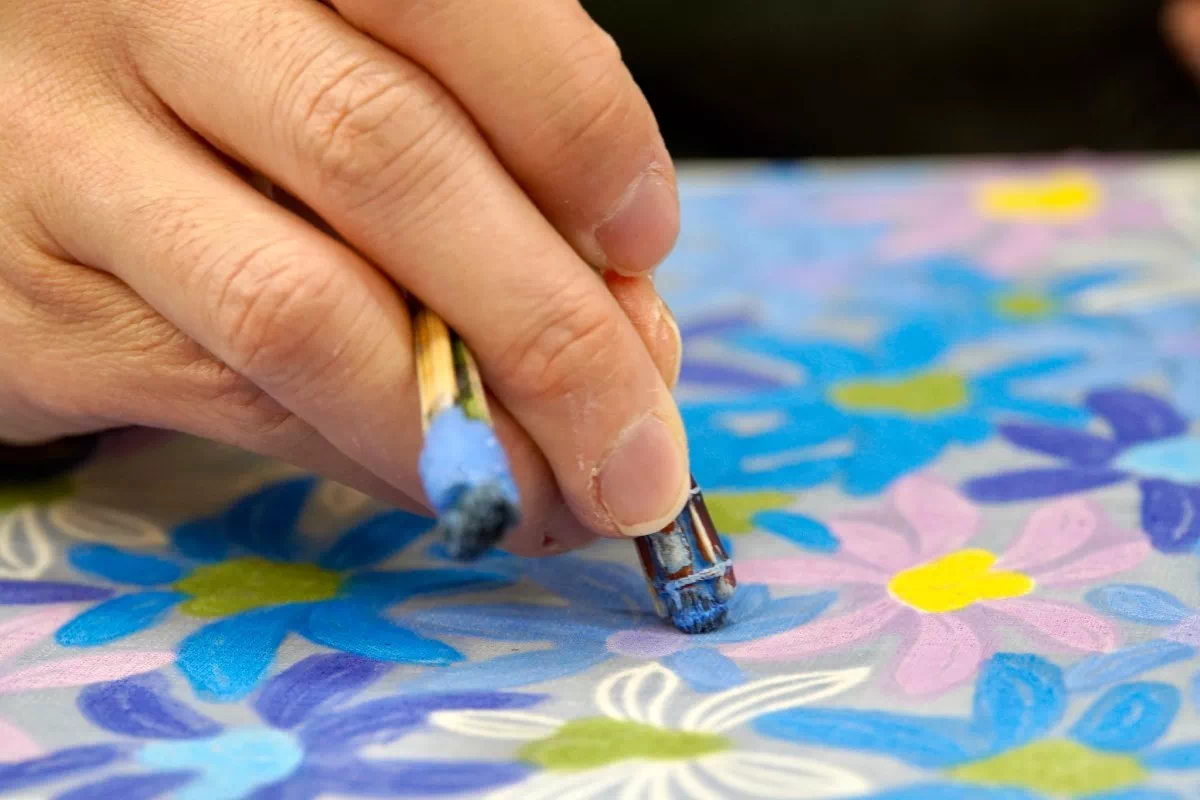
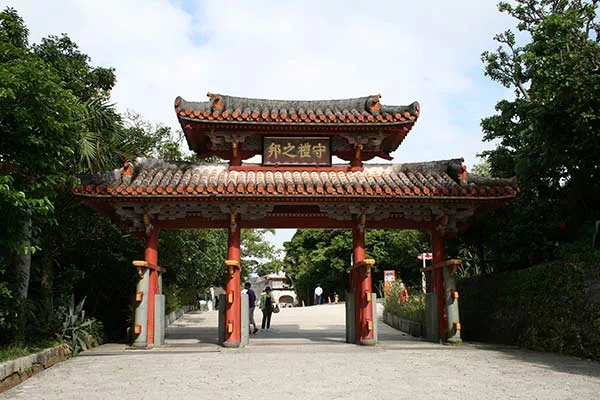
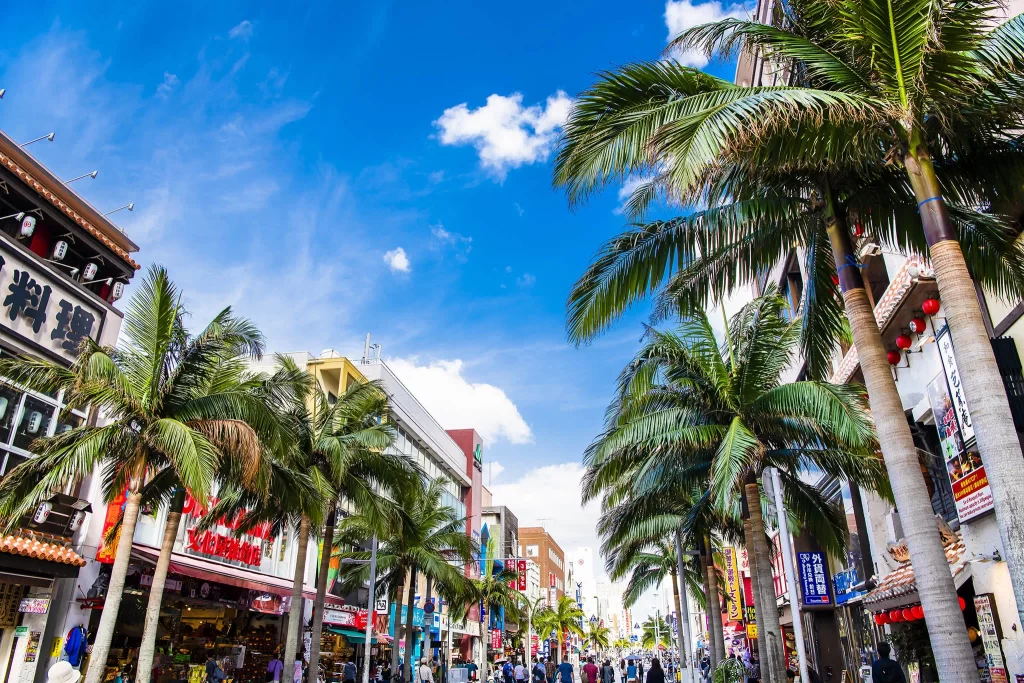
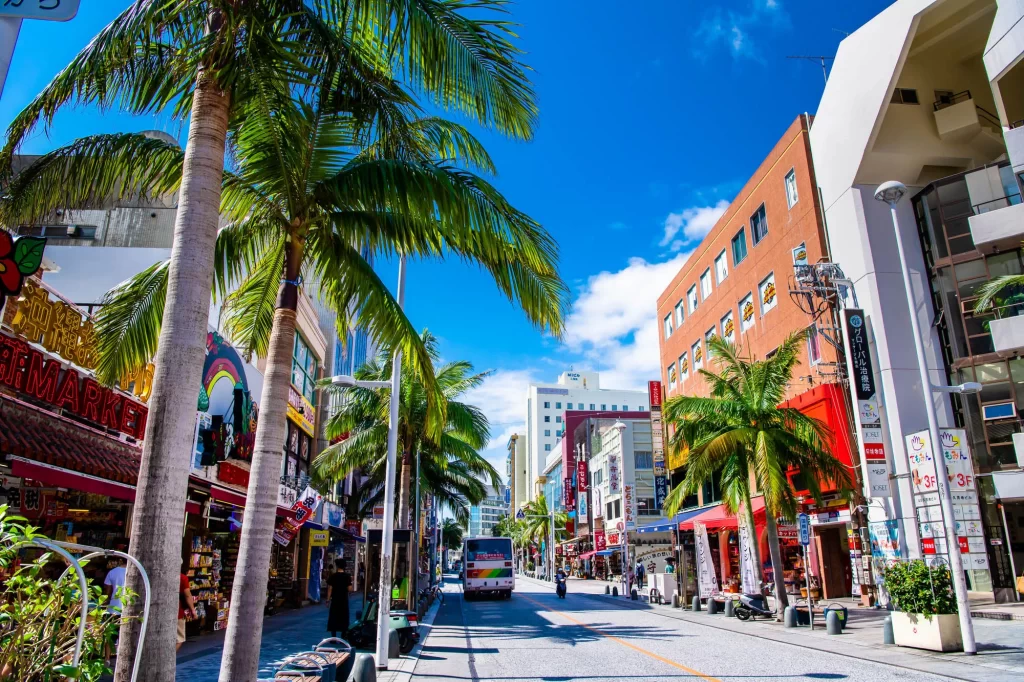
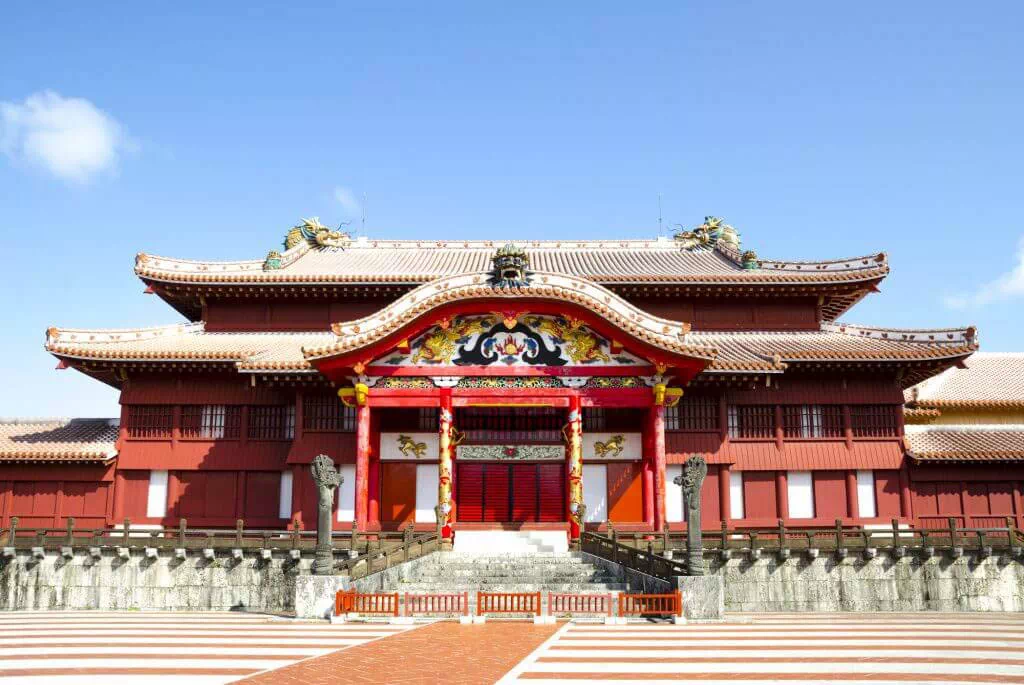
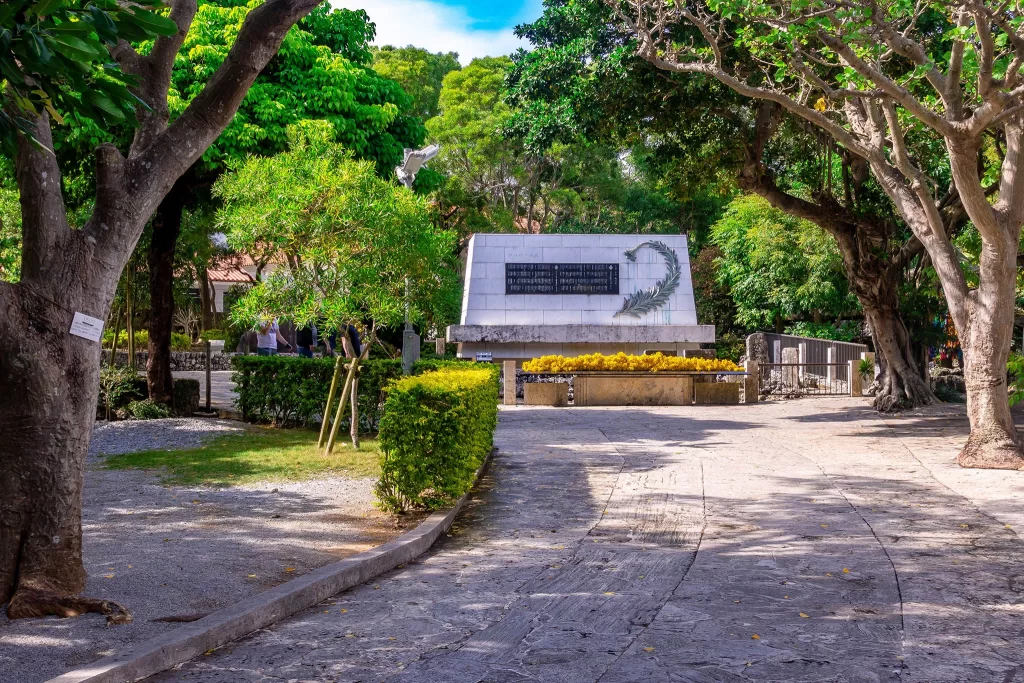
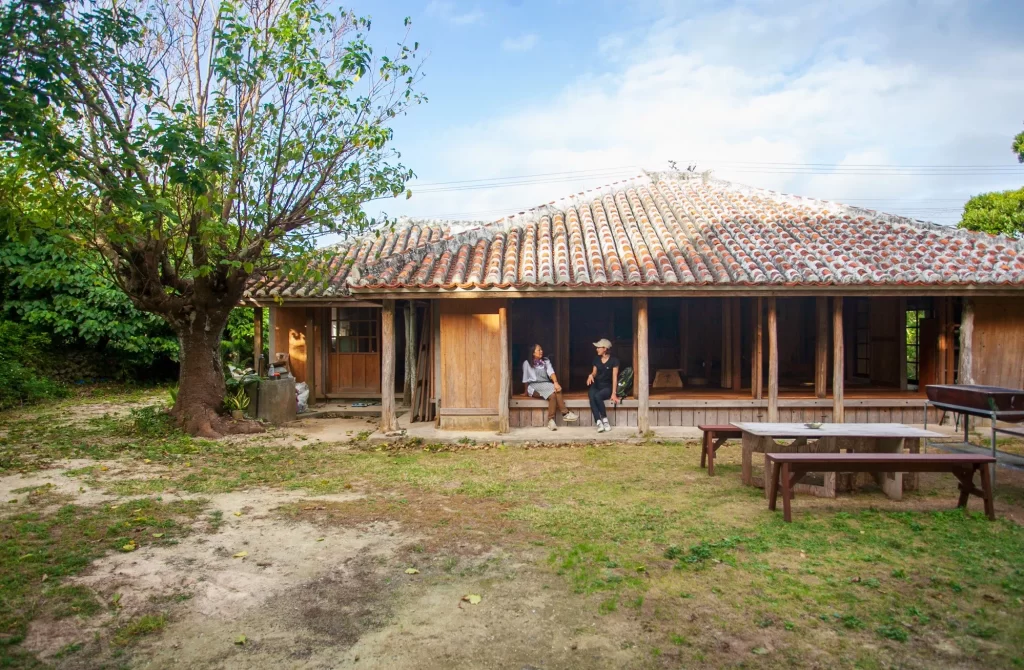
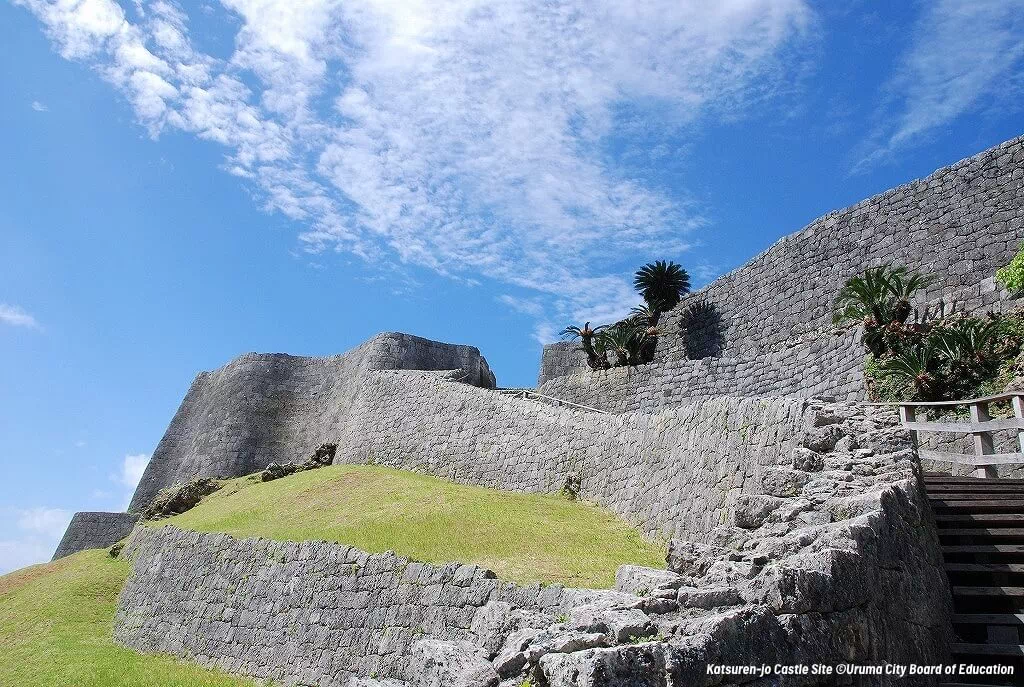

Text by Cherise Fong
Cherise Fong is a devoted bicycle traveler and eco-writer currently based in Tokyo.